Traditional World Music and Its Influence on Electronic Dance Music
Music, as a universal language, transcends all barriers connecting people from different cultures and backgrounds. The fusion of traditional world music with contemporary styles like Electronic Dance Music (EDM) highlights this integration in a vibrant and exciting way.
Origins and Evolution of World Music and EDM
Traditional world music, in its authentic term, traces its roots back to different cultures worldwide. African drums, classical Indian raga, Middle Eastern maqam, or South American tribal sounds are just a few examples of ancestral music forms that enriched world music's diverse catalog. Over the years, these traditional music styles have evolved organically with the influence of socio-political circumstances, technology, and global exchange, defining contemporary world music.
Electronic Dance Music (EDM) originated in the late 70s and early 80s, when disco, dub, and ambient musics amalgamated with the booming technology. DJs and producers began exploring music production techniques, using synthesizers and drum machines, leading to the birth of different electronic music genres, including house, techno, and trance.
The Intersection of World Music and EDM
As EDM became more mainstream, producers began to explore various ways to incorporate traditional world music elements, opening an avenue for cultural immersion and experimentation. Employing world music is not merely the act of using exotic instrumentation; it includes rhythmic structures, vocal styles, melodic patterns, and timbres native to specific cultural contexts.
Artists such as Aphex Twin, Moby, and Daft Punk have often integrated world music elements into their music, enriching their tracks' textures with unique rhythms, melodies, and harmonies. Romanian band Deep Forest, for instance, combined ethnic sounds and electronic beats, drawing wide acclaim and numerous awards during the 90s. Recently, artists like Diplo and Major Lazer have also made commendable strides, blending Caribbean, African, or Middle Eastern elements into their electronic productions.
The Fusion of Traditional and Modern Music
The fusion of world music and EDM has resulted in unforgettable musical pieces that straddle several genres, helping to expose listeners to sounds they might not otherwise encounter. While promoting diversity and tolerance, it also challenges and expands standard musical boundaries.
Such combinations promise innovative future developments within the musical world. With the advent of new technologies and the increased accessibility of music platforms, the future of music lies in breaking genre boundaries. We are already witnessing this trend with EDM artists collaborating with musicians from different genres, continuing this dialogue between traditional and modern music forms.
Conclusion
While the influences of traditional world music on EDM are indisputable, this exploration beyond conventional electronic sounds and structures will invariably continue to evolve, making it an exciting landscape to watch. The organic blend of classic sounds with modern beats presents a unique opportunity to preserve and promote traditional music forms globally. In the end, it represents the spirit of unity, shared experiences, and universal emotions that music, in its essence, offers us.

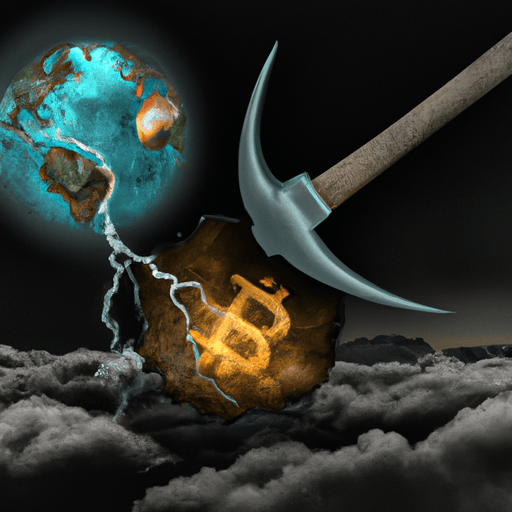
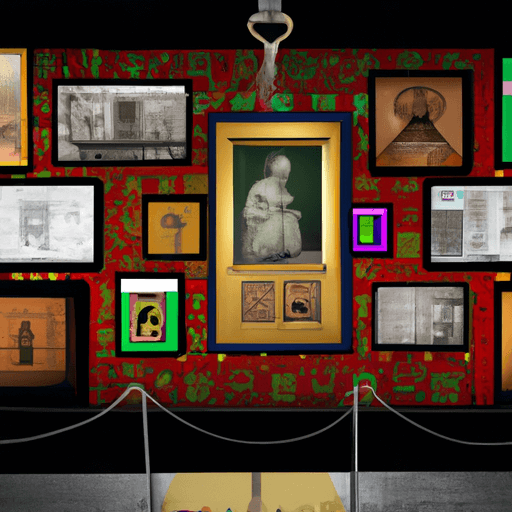
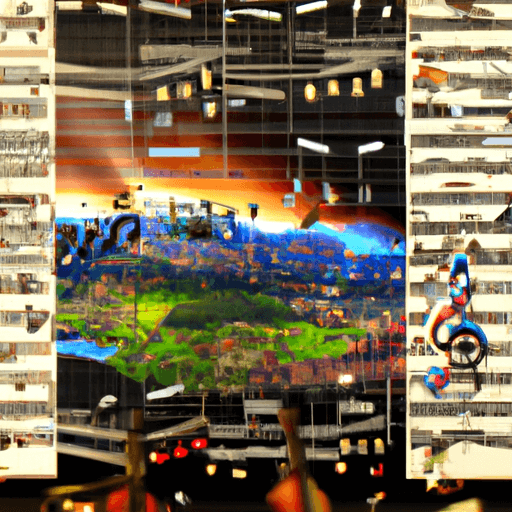





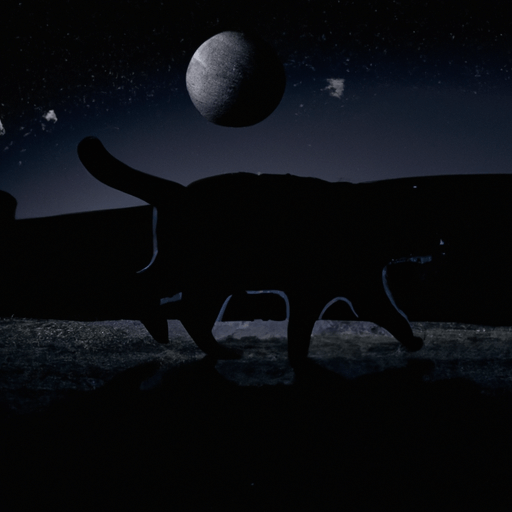





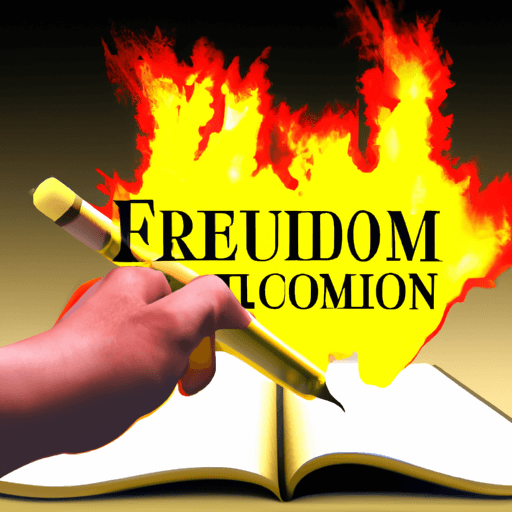
Comments
Leave a Comment